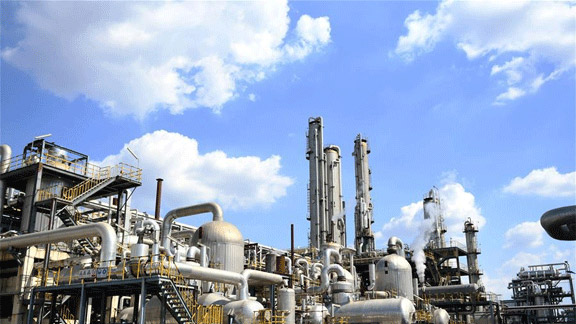Smart manufacturing is transforming industries worldwide, and advanced motors and drives are playing a pivotal role in this revolution. These technologies are not only enhancing operational efficiency but also improving precision and flexibility in manufacturing processes. In this article, we’ll explore how advanced motors and drives are reshaping the landscape of modern manufacturing.

What Makes Advanced Motors and Drives Smart?
Smart manufacturing relies on the integration of cutting-edge technologies that enable machines to operate autonomously and optimize processes in real time. Advanced motors and drives form the backbone of these systems by providing intelligent control over power delivery, speed, and torque. Unlike traditional motors, which run on fixed parameters, advanced systems can adjust to changing conditions, ensuring maximum productivity.
For example, in an automated assembly line, advanced motors can precisely control the speed and force applied to each part, allowing for faster and more accurate production. This level of control is essential for industries such as automotive and electronics, where product quality and consistency are paramount.
Energy Efficiency and Sustainability
One of the primary advantages of advanced motors and drives is their energy efficiency. In a smart manufacturing environment, where machines are constantly in operation, reducing energy consumption is crucial. These systems optimize power usage, cutting down on waste and helping companies meet sustainability goals.
Additionally, advanced drives are designed to work seamlessly with other technologies, such as geogrid-reinforced structures, which provide greater stability and durability to manufacturing equipment. The result is a more resilient production environment that operates with less energy and fewer resources.
The Role of Advanced Motors in Automation
Automation is a central element of smart manufacturing, and advanced motors and drives are integral to this trend. These systems are capable of responding to dynamic production needs and adjusting their performance in real time. This adaptability allows for faster production cycles, higher precision, and reduced downtime.
By integrating advanced motors and drives into their operations, manufacturers can stay ahead of the competition while reducing costs and boosting efficiency.
